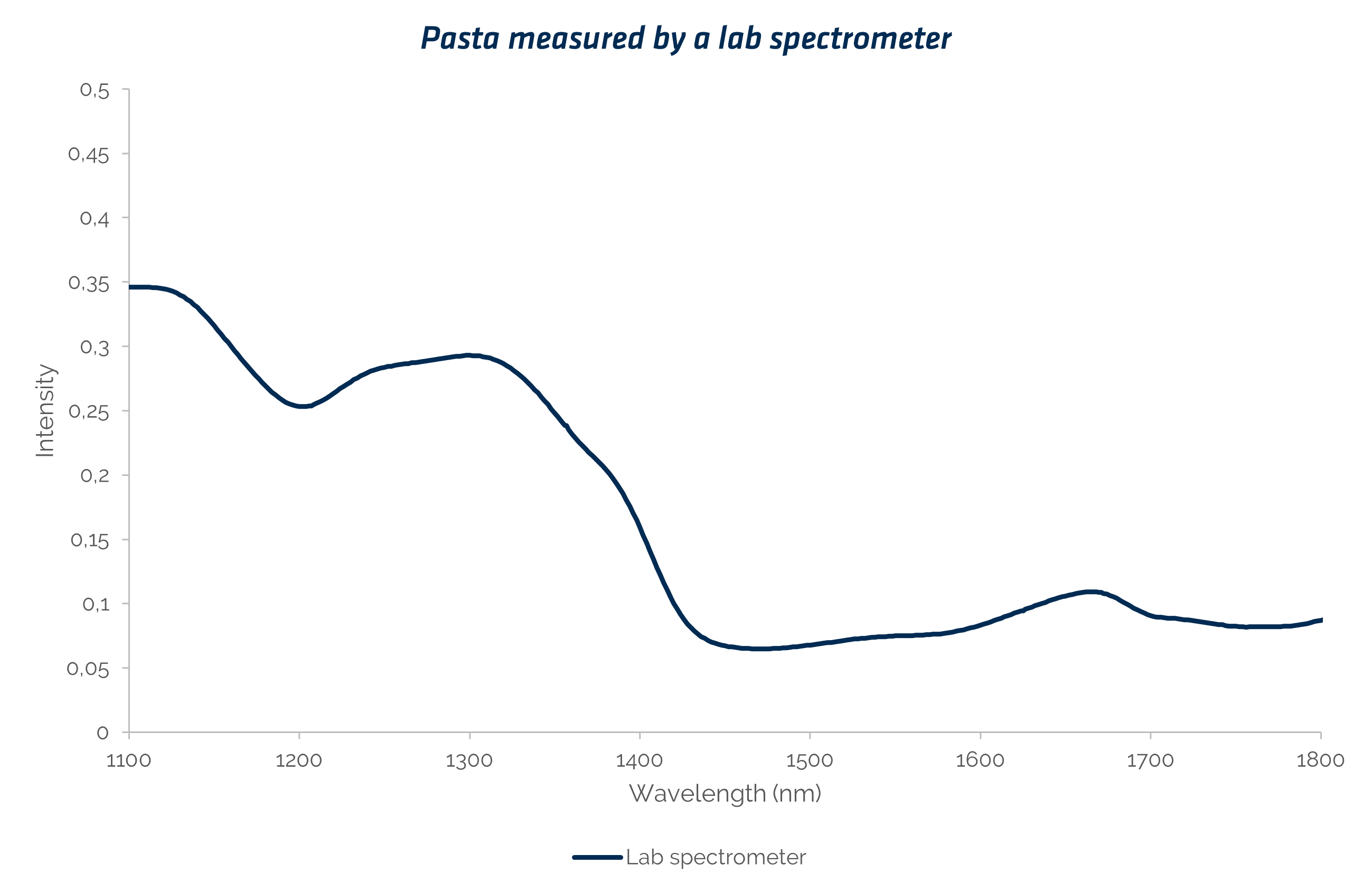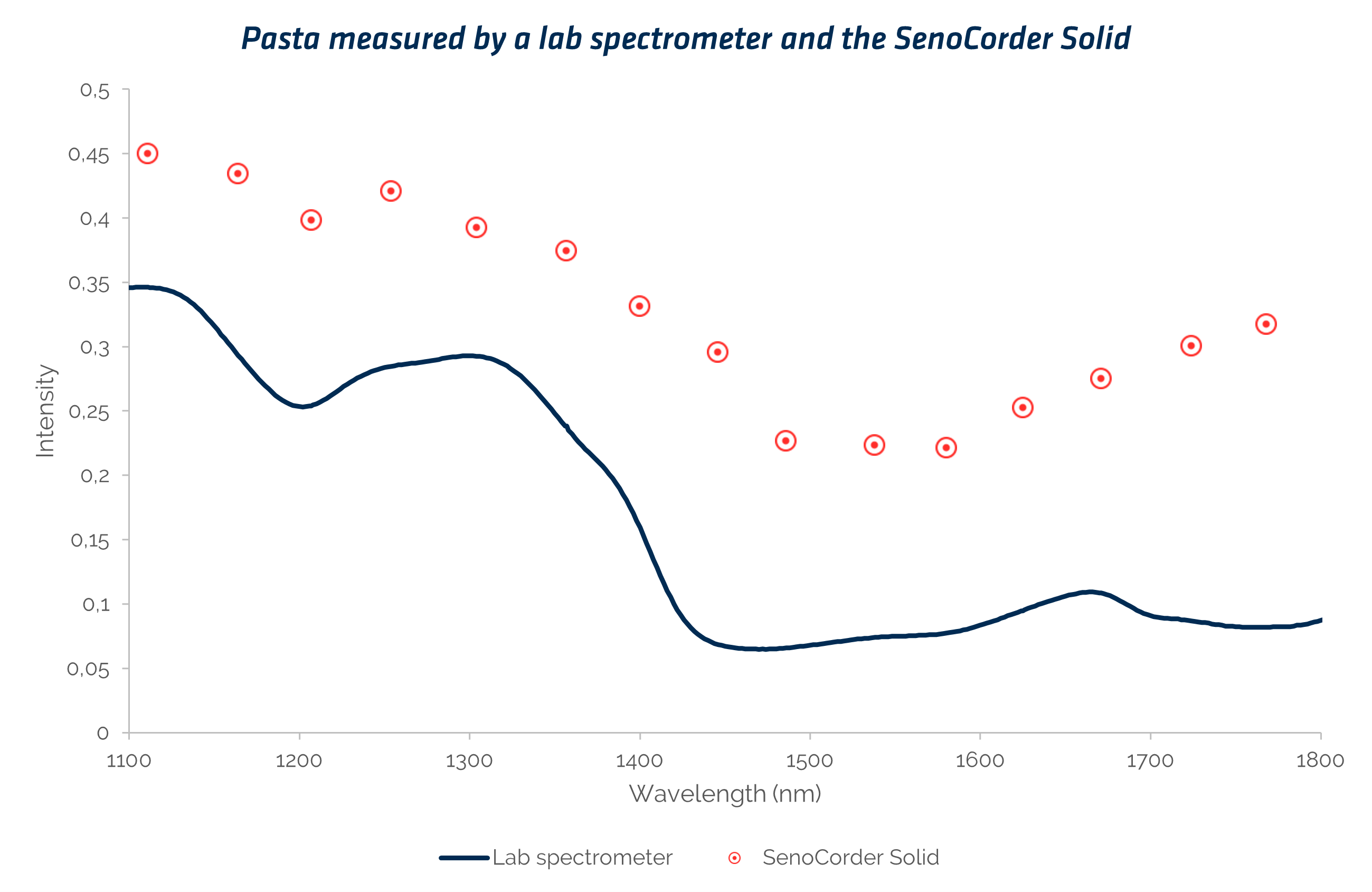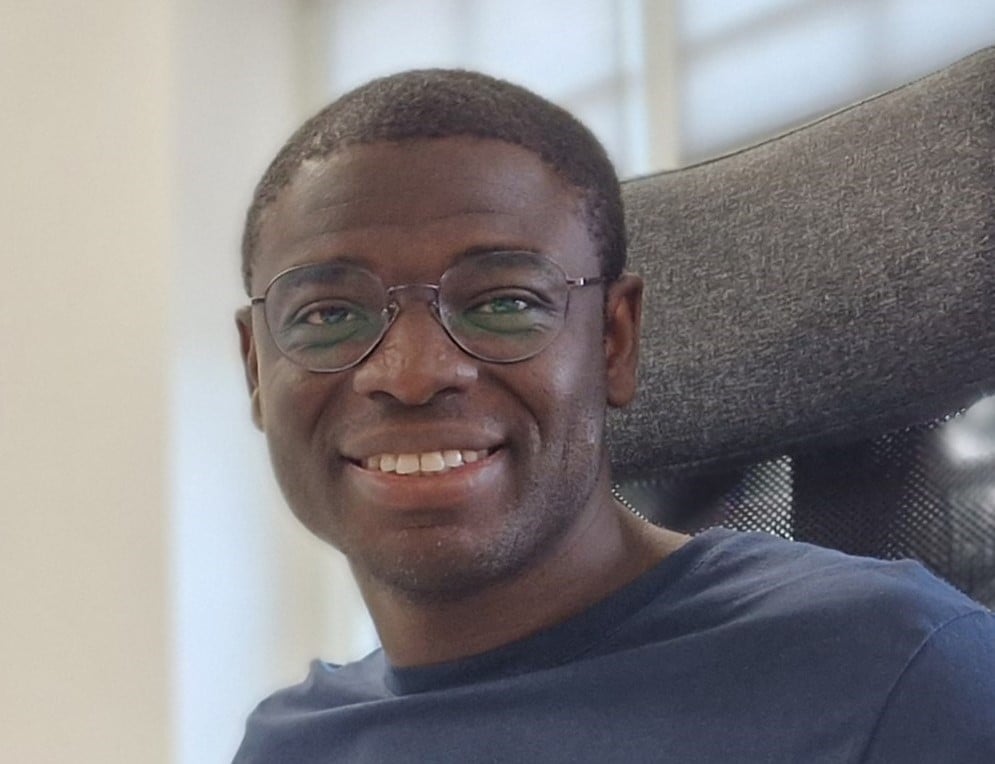Have you ever wondered how measurements carried out by a lab spectrometer differ from those carried out by our SenoCorder? Or how a small chip can perform measurements in much the same way as a conventional lab spectrometer?
In this article we will answer these questions by comparing a conventional lab spectrometer with the Senorics sensor.
How a lab spectrometer records a spectrum
In labs worldwide, most spectrometers used in the VIS and NIR range are either based on silicon or InGaAs. Silicon based spectrometers cover a wavelength range from 200nm to 1100nm whereas InGaAs based spectrometers cover a range from 800nm to 1700nm (in some cases up to 2500nm). If you would like to learn more about the meaning of wavelengths, refer to this article.
Both types of spectrometers provide high resolution spectral analysis. To come to such detailed insights, the dispersive elements in the lab spectrometers must be adjusted continuously. This results in the devices being quite sensitive to vibrations, as well as being rather large and bulky. On the bright side however, measurements are very precise. The resolution can be set exactly as needed and you get a spectrum with the desired level of detail.
If you were to take pasta to a lab asking for spectral measurements, the diagram you receive would look something like this:
 The graph shows the spectrum of pasta in the wavelength range from 1100nm to 1800nm with a resolution of 2nm. This means that there is a measuring point every 2nm, resulting in 350 measurement points.
The graph shows the spectrum of pasta in the wavelength range from 1100nm to 1800nm with a resolution of 2nm. This means that there is a measuring point every 2nm, resulting in 350 measurement points.
To create a better understanding of what this means, we have come up with a simple analogy that will be referred to again at other points in this article:
If you were to draw a birch tree in detail, you would draw roots, a trunk, bark, and leaves as well as the leaf veins, and detailed levels of texture. In this case, the graph above showing 350 points of measurement, represents the detailed drawing.
How our sensor records a spectrum
The technology of our chip is based on thin film organic semiconductors and requires no dispersive elements. It is a small, light, and robust sensor solution that can be implemented into everyday devices or used in the form of a handheld device.
The chip inside has 16 wavelength channels called pixels. Each pixel covers a certain wavelength (450 nm to 1800 nm). The coverage of wavelengths can be adjusted depending on the application.
Using our SenoCorder, you can measure the pasta on your own by placing the device on the sample and simply carrying out the measurement.
Our software outputs this diagram:

It shows a measurement of the same pasta as in the previous graph, but this time measured with our SenoCorder. The wavelength range is 1100nm to 1800nm and the resolution is 45nm, resulting in 16 measurement points.
Coming back to the example with the birch tree:
If this graph represents our drawing of the birch tree, it would be a sketch that shows little detail except for the most important characteristics such as the overall shape of the tree, with a simple representation of the trunk, branches, and leaves.
Now that we have covered the technical background, it is time determine whether 16 pixels are enough to get a reliable result.
Are 16 pixels enough? Lab spectrometer vs. Senorics technology
First, let’s merge the diagrams.

Comparing the two measurements, it is clearly shown that the lab spectrometer provides significantly more measurement points than the SenoCorder (350 vs. 16). The measured values of the SenoCorder also differ slightly from those of the lab spectrometer.
However, it also becomes obvious that the 16 measuring points represent the most important characteristics. That is to say that the SenoCorder can qualitatively reproduce the spectrum of the lab spectrometer.
Let’s come back to the birch tree again, thinking of this information:
- It‘s a tree
- It has a white bark
- It has many small and serrated leaves
You would immediately know that this must be a birch tree. You don’t get information about the height of the tree, whether it’s healthy or not, or what kind of insects are living in the bark – questions that might be important for a biologist or an ecological scientist. But you get the information that it is a birch tree, which is sufficient for everyday life. It is the same with this spectrum. A few measuring points covering the most important features are enough for most everyday applications.
You might ask yourself questions like: “Is this pasta gluten free or not?”, “Is this textile cotton or polyester?”, “Is this drug genuine or counterfeit?”. Answering these questions often actually requires less than 16 measuring points, depending on the spectrum of the material.
Let’s sum this up by coming back to our question of who does it better. Maybe we should start by reframing that question to whether 16 pixels are enough. What do you think? Can 16 Pixels deliver the necessary accuracy when conducting measurements?
The answer is yes. In most everyday applications they are perfectly sufficient.
Check out this video and listen to our CTO Dr. Robert Brückner explain to you further how 16 wavelengths are enough.




